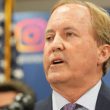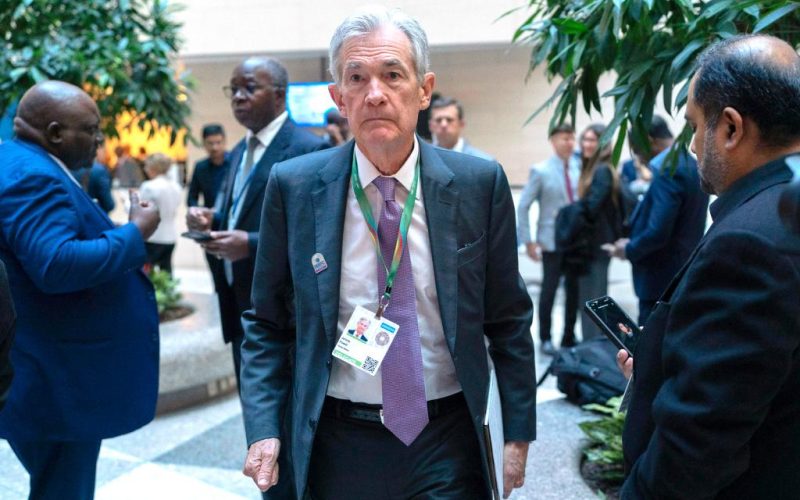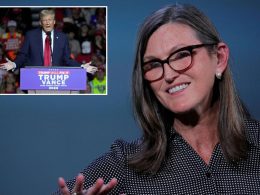America’s central bankers have slashed the country’s key interest rate by a quarter of a percentage point as they seek to keep the US economy on solid ground in the aftermath of Donald Trump’s presidential election victory.
As it announced the widely expected rate cut — the Federal Reserve’s latest attempt to balance the risks of inflation with those of the US job market — the central bank removed a line from its previous statement saying it has “greater confidence” that inflation is moving sustainably toward its long-term target of 2%.
At the same time, the Federal Open Market Committee said inflation has “made progress” toward its goal.
“The committee judges that the risks to achieving its employment and inflation goals are roughly in balance,” the Federal Open Market Committee said in a statement. “The economic outlook is uncertain, and the committee is attentive to the risks to both sides of its dual mandate.”
The Federal Reserve announced the second consecutive rate cut earlier on Thursday to the 4.50%-4.75% range amid uncertainty over Trump’s plans to slap tariffs on cheap imports and crack down on immigration.
Officials at Jackson Hole slashed the benchmark rate by a half point in September as it turned its focus toward the US job market.
Republicans look set to control both houses of Congress from January, giving the New York real estate mogul a seemingly free rein to implement his election manifesto.
Trump could even more to fire Fed Chair Jerome Powell once he takes office in January; the pair clashed during his 2017-2021 term when the former president demanded low interest, calling his own appointee to the job an “enemy.”
Fed officials appear to have been buoyed by fresh data that showed unemployment claims have remained row, while worker productivity rose by 2.2% in the third quarter of this year.
“This is the kind of result the Fed likes to see as it contemplates cutting rates,” said Carl Weinberg, chief economist for High Frequency Economics.
But the Fed may have to rethink any plans to cut rates further if Trump’s economic policies end up stoking inflation.
“You can see over time, the direction of budget deficits, tariffs can become a problem,” said Steven Blitz, chief U.S. economist at TS Lombard.
“Beyond this, the outlook has become murkier with the extent and timing of further cuts hinging on incoming data and Trump’s policy approach in 2025,” Macquarie economists David Doyle and Chinara Azizova wrote on Wednesday.








